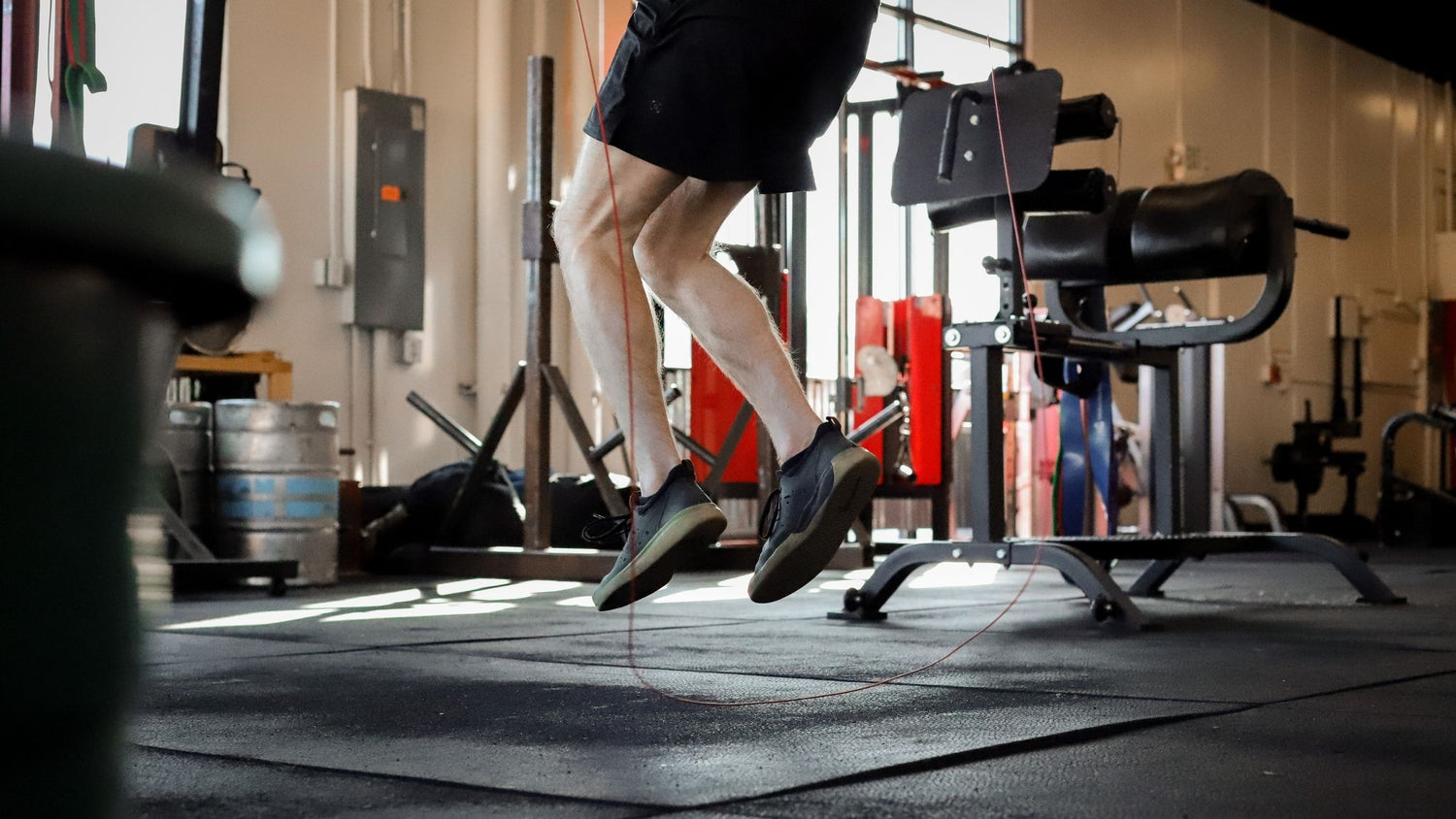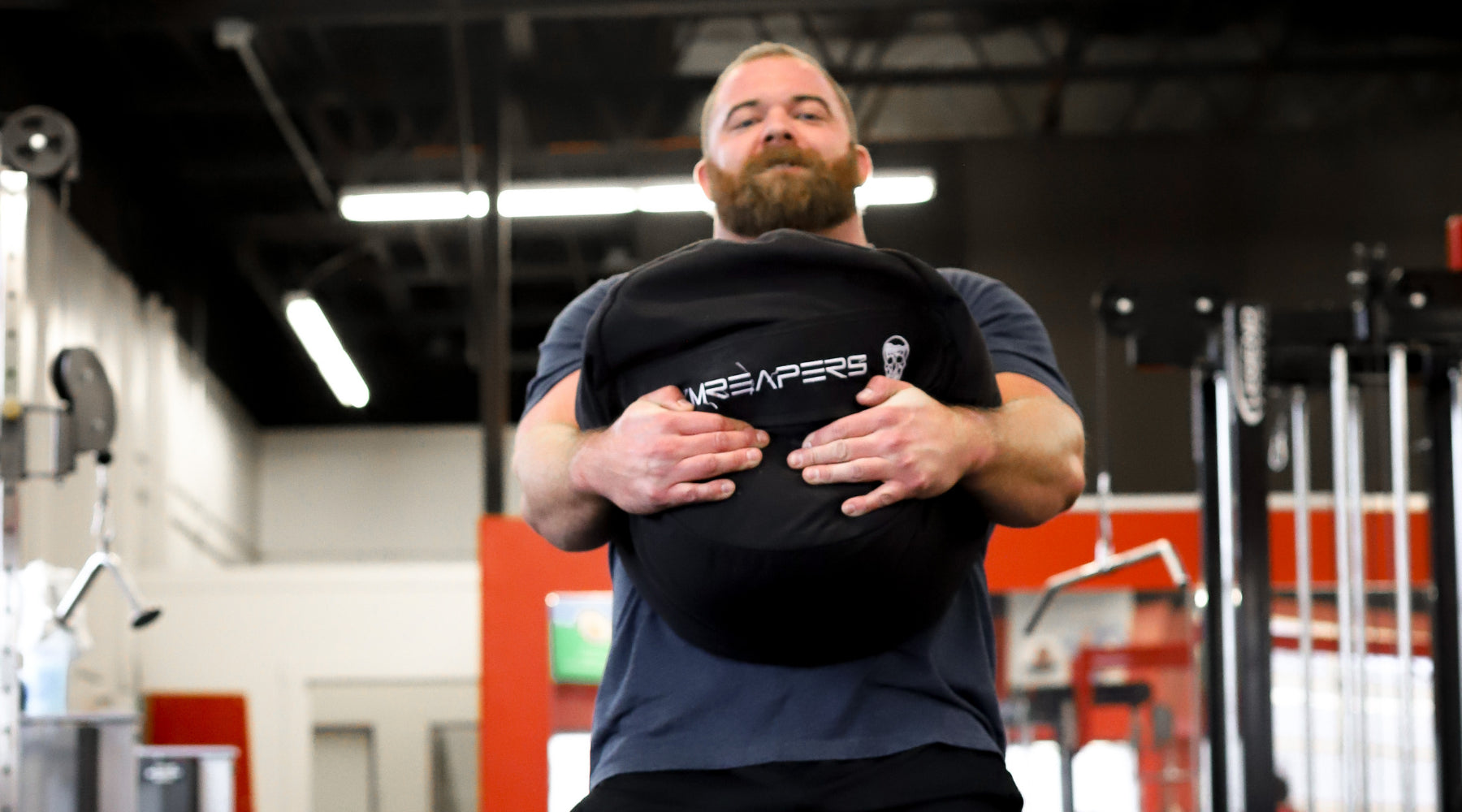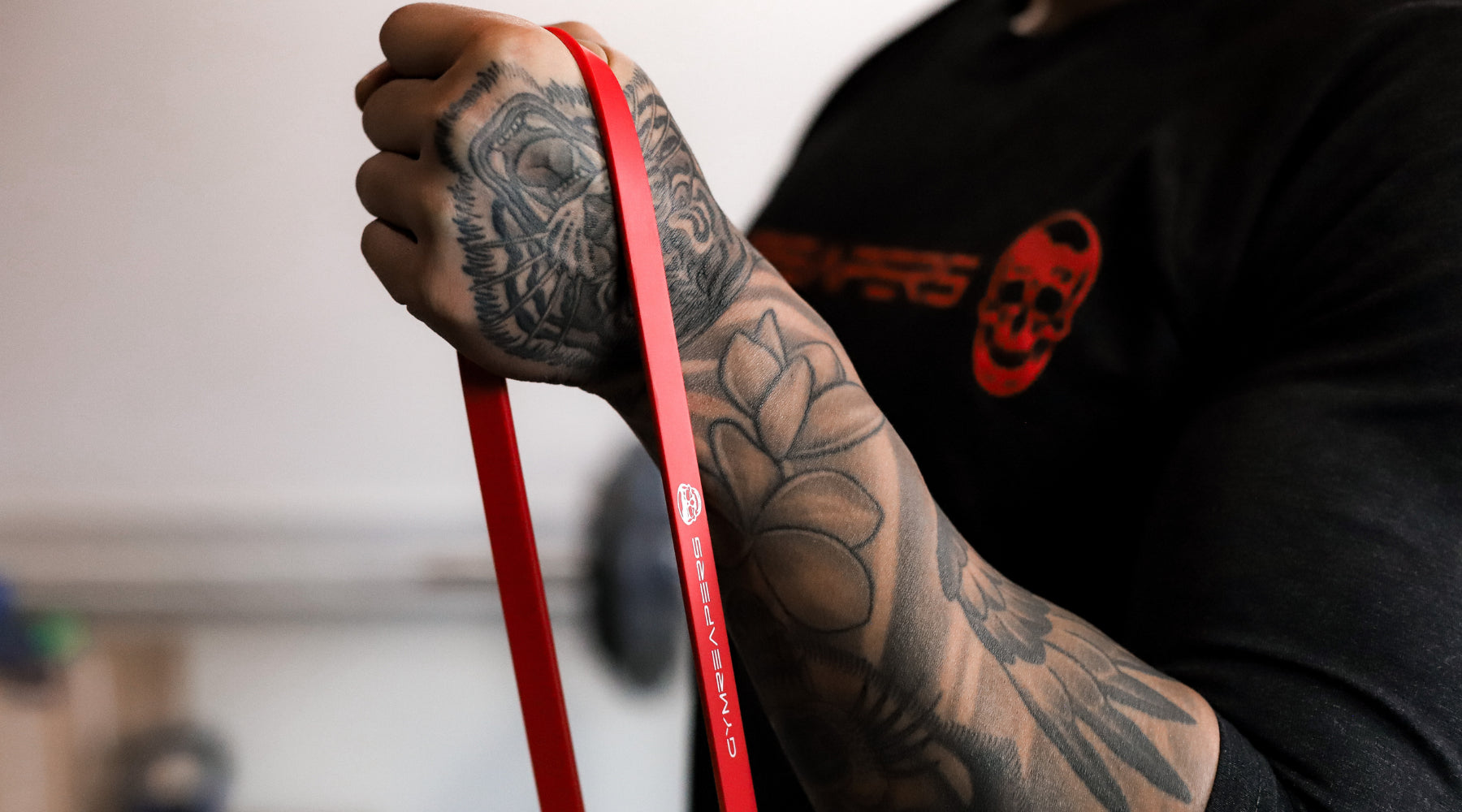When was the last time you used a jump rope? CrossFit athletes might have a different answer, but for most of us, we probably can’t remember. Jump rope is one of the most underrated pieces of equipment we often overlook.
Using jump rope for physical exercise and cardio strengthens your lower and upper body while burning upwards of 200 calories in 10 minutes.
In addition to cardio and strength training, jumping rope also helps with footwork — which is helpful in sports like boxing and MMA. Probably the best thinking about using a jump rope is that it’s lightweight and portable.
You can use it anywhere you’re working out, which is especially beneficial if gyms and fitness centers suddenly close.
In this article, we’ll cover some of the types of jump ropes, the biggest benefits of jumping rope, and some of the top exercises you can do to get in shape. Before we get to those major topics, let’s first start with the basics.
How to jump rope?
This question comes up quite frequently. It seems pretty intuitive, but it’s a valid question due to the many types of rope that are available. Some of the biggest considerations to properly jumping rope includes hand positioning, movement, and stride.

1) Hand Positioning
A big component of using a jump rope comes from your hand position and grip. For speed ropes that are thinner and move faster, your hands should be positions around the center of your body with your thumbs pointing out (following the direction of the rope).
For heavier rope that is commonly used for HIIT workouts and endurance training, your hand placement should also be around the center of your body, but the handgrip should be closed as if you’re gripping a bar or dumbbell.
2) Rope Movement
The second key component is to have smooth movement while jumping. This means that your shoulders and upper body should be firm, not swinging your elbows or arms.
The motion should come from your wrists and is aided by the rotation of the rope handles. (A good jump rope should have handles will ball-bearings that rotate).
3) Consistent Stride
We often get in a good groove when jumping rope, but suddenly get tripped up and have to start over. What happens? It means the stride (position) of the rope has changed.
To keep consistency, the rope should be (at maximum) 2 inches off the ground. Make sure you’re jumping evenly with your toes pointed down and with a slight bend in the knees.
What kind of Jump Ropes are there?
As we elude to above, the main types of jump rope in the fitness world are thin jump ropes which are meant for speed (think CrossFit) and thick rope for endurance and conditioning.
There are many other versions of rope out there, made of all sorts of cheap materials and plastics. For the purposes of this article, we’ll stick with the two main types of rope which you may encounter.
1) CrossFit Jump Rope
No matter if you’re a beginner or a serious CrossFit competitor, a speed jump rope (sometimes referred to as CrossFit Jump Rope) is your go-to. Speed jump ropes are awesome due to their lightweight high quality design, durability, and ease of transport.
People prefer speed jump ropes over others because they allow you to work on your agility, footwork, and endurance.
A speed rope is lightweight and easy to store. You can perform any number of workouts (especially WODs) with a speed jump rope including advanced workouts like the double-under. Check out the list of recommended exercises in the "Jump Rope workouts" section (listed later in this article).
2) Weighted Jump Rope
For those that are looking for a more intense upper body workout, a weighted jump rope is a preferred choice. The weighted rope option comes in various sizes, ranging from 1 to 6 pounds, and gives athletes the ability to burn more calories. Depending on your fitness level, a weighted rope is typically associated with advanced exercises.
How long should a jump rope be?
A common question for picking the right jump rope is how long it should be. With a speed rope, the length can be adjustable. To ensure the right length, step on the center of the rope and pull it tight.
Adjust and secure the ends of the rope to reach your armpits (don’t count the length of the handles). That’s it — that’s all it takes to find the right size and start your workout.
What are the benefits of Jump Rope?
One of the biggest benefits of jumping rope is that it burns serious calories. Compared to traditional cardio exercises, jumping rope can burn significantly more calories in a single hour (depending on your speed and weight) (1). In addition to burning calories, jump ropes can help you build up speed and endurance through various exercises.
By far, a fascinating thing about jumping rope is that it can help build mental toughness. Exercising with a jump rope has a unique ability to develop the left and right hemispheres of the brain (2). By incorporating rhythm, timing, and coordination, you’re increasing your ability to be more alert, boost your memory, and enhance your reading skills.
Some other awesome things about jump rope are that it’s versatile, fun, and competitive. Jump rope is pretty lightweight and can be taken with you no matter what the plans hold. If you’re on-the-go constantly or don’t have a treadmill, use a jump rope instead.
Jump rope is also fun to use and reminds us of simpler times. With a fun and consistent workout routine, you’ll start looking forward to using jump rope more and more.

What are some Jump Rope workouts?
Before starting any exercise using a jump rope, there are some basic things to consider to get the most out of your workout routine. Follow these standard suggestions as ways to keep momentum and consistency going:
- It’s always important to keep your feet together while jumping
- Jump on the midsoles of your feet, toes pointed up, and land lightly
- Keep your jumping height fairly low (maximum 1 inch off the ground)
- Make sure your knees are slightly bent at all times
- Maintain a tall, neutral spine with your chest held high
- Keep your head up and looking forward while jumping
- Keep your shoulders pulled back and your elbows are down and back
- Maintain your hand grip and placement near the core
- Remember to use your wrists to turn the rope, not the entire upper body
Just like any other exercise, be sure to warm up, stretch, and hydrate yourself. It’s suggested you listen to your body and moderate the amount of jump rope activity (and the intense level) based on your physical fitness. As with any exercise, be careful to avoid strains and injury.
With that in mind, here are three jump rope exercises that you can do to get you started, building your cardiovascular endurance, mental precision, and plain fun.
1) The Basic Jump
The simplest and most common exercise is the basic jump. It’s the most common exercise you’ll see in any workout, whether you’re working out alone or in a group.
The basic jump rope exercise can easily be incorporated into heavier ropes, but you’ll first start with a basic or speed rope. Here’s how to perform the move:
- After you get a good grip on your handles, have the rope resting on the ground behind your feet.
- Next, swing the rope over your head to the front side of your body and gently jump off the ground with both feet. Remember the posture/tips from above.
- Swing the rope about 1 inch under your feet while keeping the momentum going.
- Repeat the process for as long as you can initially, working to get a good rhythm for 60 seconds on, 30 seconds off (rest). Repeat for as many sets as you can.
2) Single-Leg Jump
Once you successfully navigate the basic jump, throw in a little more complexity. The single-leg jump helps you do that by focusing on the muscles, movement, and control on a single side of the body.
This exercise is good for strength and endurance. Here’s how to perform the move:
- After you get a good grip on your handles, have the rope resting on the ground behind your feet.
- Stand on your right foot, having bent your left knee and your left foot up toward the glutes. Keep your left foot in this position to avoids snagging the jump rope as you move.
- Swing the rope about 1 inch under your right foot, while keeping the momentum going.
- Repeat the process for the left foot/side, working to get a good rhythm for 60 seconds on, 30 seconds off (rest). Repeat for as many sets as you can.
3) Double-Under Jump
The most advanced and most popular move in the CrossFit community is the double under. Although it may be a little modified or specific for WODs, the standard double-under produces a faster heart rate and tests your endurance.
Here’s how to perform the move:
- After you get a good grip on your handles, have the rope resting on the ground behind your feet.
- Start by doing the basic jump move on repeat until you work up a faster momentum.
- When you catch faster momentum, swing the rope about 1 inch under your right foot, keeping the momentum going.
- Your wrists should move quickly for the move to keep progressing, but as you build up your form and speed it’ll get easier.
- Repeat the process for as long as you can, working to get a good rhythm for 60 seconds on, 30 seconds off (rest). Repeat for as many sets as you can.
Start Jump Roping
In this article, we covered a lot of information about jump ropes. By now you know the types of jump ropes, the biggest benefits of jumping rope, and some of the top exercises you can do to get in shape. If you’re looking for quality and durability in your next jump rope, check out the speed jump rope by Gymreapers.
References
- Francis, M., & Francis, M. (2019). How Many Calories Can You Burn Jumping Rope?. Retrieved 8 July 2020, from https://www.openfit.com/calories-burned-jumping-rope
- 9 Benefits of Jumping Rope You Probably Don't Know. (2014). Retrieved 8 July 2020, from https://www.lifehack.org/articles/lifestyle/benefits-jumping-rope-you-probably-dont-know.html













Leave a comment
All comments are moderated before being published.
This site is protected by hCaptcha and the hCaptcha Privacy Policy and Terms of Service apply.